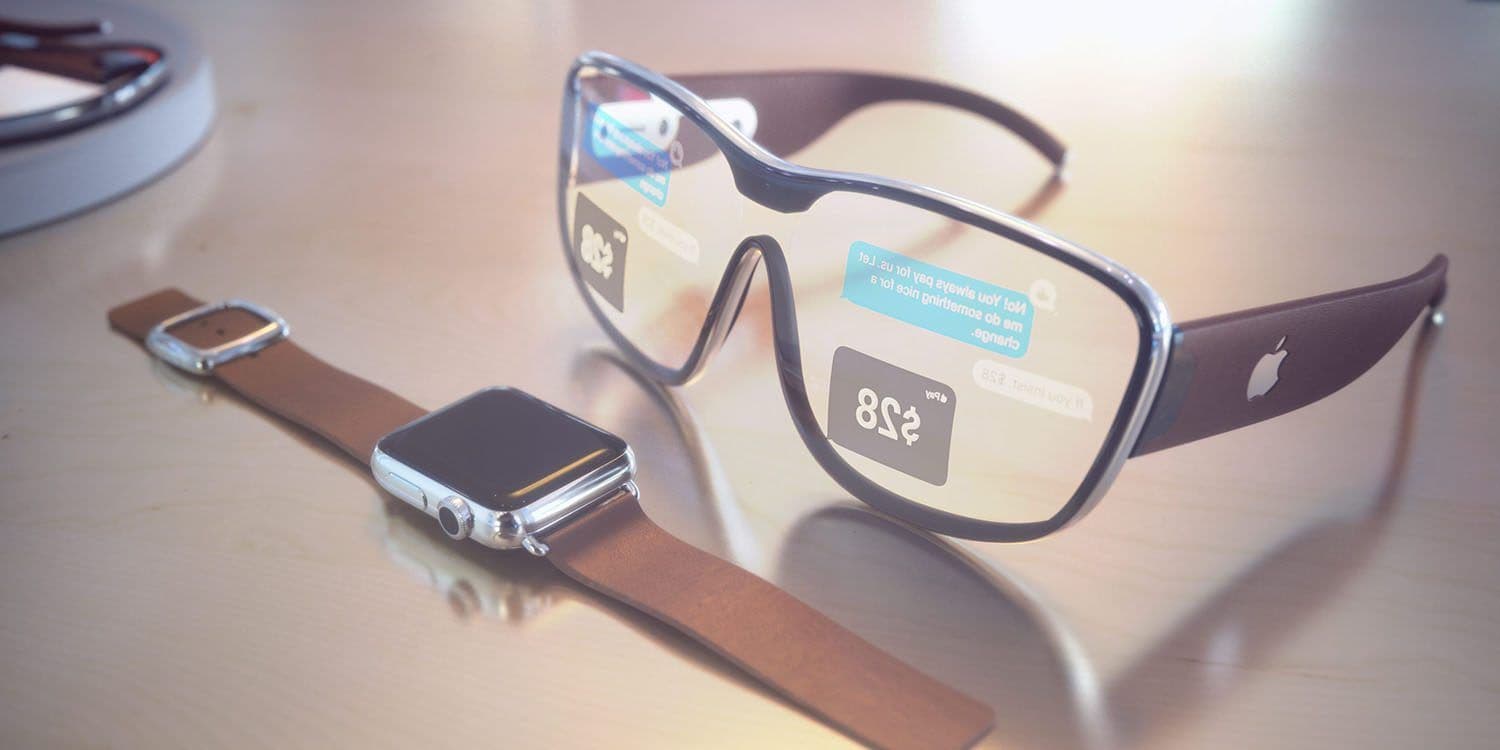Apple Cancels AR Glasses Project 'N107', Shifts Focus to Vision Pro and New Wearables
By HiFi Editorial26 November 2025

Key Highlights
Apple has halted its AR glasses project "N107" due to technical and practical challenges, including battery drain and processing limitations.
Initial designs relied on iPhone and Mac connectivity but failed to meet performance and user experience expectations.
Apple remains focused on AR/MR innovation, with Vision Pro successors and experimental wearables like AirPods with cameras in development.
Years back, when whispers first surfaced about Apple crafting their own AR glasses, the tech community was buzzing with anticipation. The idea of sleek eyewear that could overlay digital info onto our real-world view felt like stepping straight into a sci-fi flick. For many of us, the prospect was electrifying.
But it seems that dream won't materialize anytime soon. Recent reports indicate that Apple has scrapped its plans for AR glasses that would rely on an iPhone or Mac for processing power. The initial vision was to have the glasses connect to an iPhone, but the smartphone's processing capabilities and battery life couldn't handle the demands without taking a significant hit. Shifting the heavy lifting to a Mac didn't pan out much better—practical issues and underwhelming internal demos led Apple's execs to pull the plug on the project, codenamed "N107."



